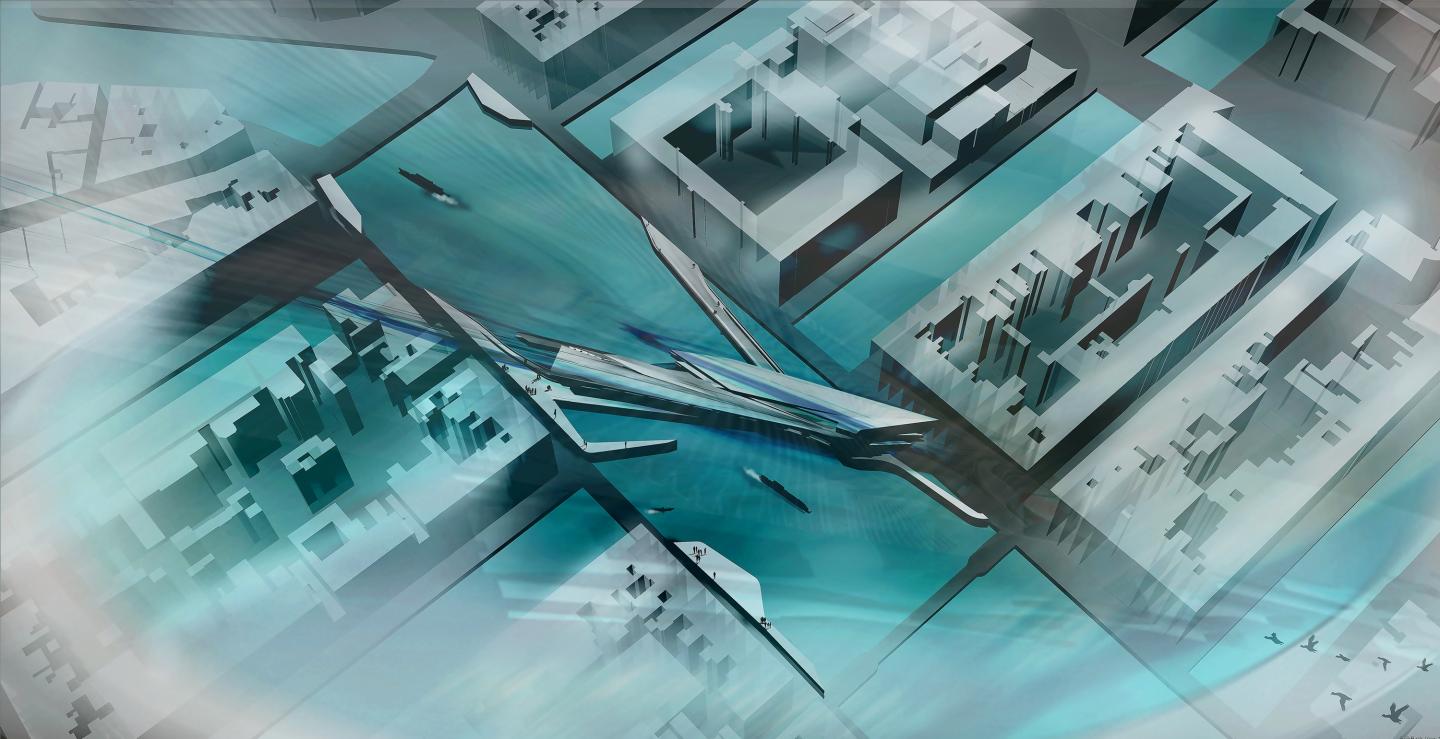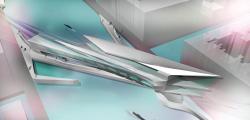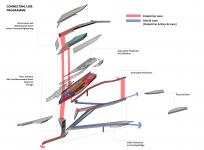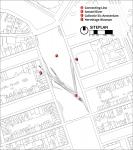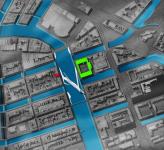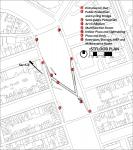Coming from Indonesian Architect, ISHAQ ROCHMAN, the project was proposed in 2017.
The site was located on the Amstel River, Netherlands, which runs through the city. On one side of the river is the Hermitage museum, which holds a collection of impressionism and modern art. At the same time, on the other, there is Collectie Six, which contains a rare personal collection, and on the other side is the Blauwbrug Bridge and Magerebrug Bridge, which passed by the ships passing.
Beginning with the arrangement and integration of the transition of museums and galleries, the bridge concept works from two sides based on detailed research on travel by providing different of pedestrian art exhibition characters to enhance the art experience for visitors as well as the artists who create and display their work.
Aims to create a new connection with two access points for everyone to walk through. The bridge looks mystical, floating and flowing with an elongated shape that supports the emphasis on movement through and around the museum and gallery from the right and left to stay connected, attract people, and increase the use and function of city infrastructure.
Building form and organization allow a continuous path through a series of day-lit galleries and zones with varying quality of space generated by grille geometry and proportion of bridge and their relation to the immediate context. Pedestrian spaces serve as an exhibition space for art with spatially changing qualities, visual and physical connections to non-art exhibition zones and outward with typical Amstel sights - the scenic vistas of context that was surrounded by the boat traffic and historic buildings accommodated by cantilevered structure guarantee an exciting and stimulating art experience in every area this bridge.
2017
ISHAQ ROCHMAN
